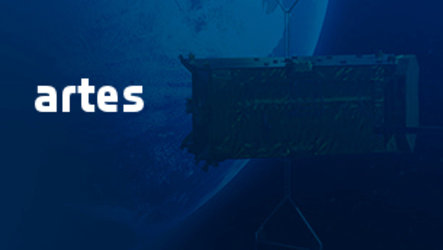A job and a half for first Eurostar Neo mission
ESA’s Neosat platform developed with Airbus – Eurostar Neo – has found its first mission; supplying two satellites for a role currently being performed by three.
Eurostar Neo’s first home in space will be at 13°E on the geostationary arc, where two of its platforms will host identical Eutelsat HOTBIRD payloads, and help them broadcast more than a thousand television channels into homes across Europe, Northern Africa and the Middle East.
The state-of-the-art Airbus-built spacecraft will replace three older satellites currently in orbit.
Bright sparks
They will be able to do so because the version of the Eurostar Neo platform chosen for this mission uses electric propulsion, which is much more efficient than its chemical equivalent.
Given that an enormous amount of energy is required to launch a satellite out of Earth’s atmosphere, efficiency is of paramount importance; the more efficient a satellite’s propulsion system, the more payload equipment it can carry.
The two Eurostar Neo HOTBIRD satellites have made good use of this new capacity, as both are equipped with enough transponders to provide the same amount of Ku-band capacity as the original three satellites.
From shelf to space

In addition to the increased performance supplied through electric propulsion, the next generation platforms will also be less expensive to build, as one of Neosat’s core characteristics is a modular, cost-effective design.
Off-the-shelf design means that it will take less time for Airbus to test the platform as a whole, speeding up production and contributing to a more cost-effective mission.
Furthermore, most Eurostar Neo components have passed their Critical Design Reviews, with successful dedicated system level assessments of the full-electric version already in force, which the HOTBIRD satellites’ manufacturing schedule will also be able to draw benefit from.
Both satellites are scheduled for launch in 2021.
Neosat programme
The new Eurostar Neo product line is developed in the frame of ESA's Advanced Research in Telecommunications Systems (ARTES) programme, in cooperation with space agencies from ESA Member States, particularly CNES and the UK Space Agency.
The Neosat programme comprises both Spacebus Neo by Thales Alenia Space and Eurostar Neo by Airbus Defence and Space. It includes development and in-orbit validation of the new satellite product lines for both companies, allowing the two European satellite prime integrators to deliver competitive satellites for the commercial satellite market.





